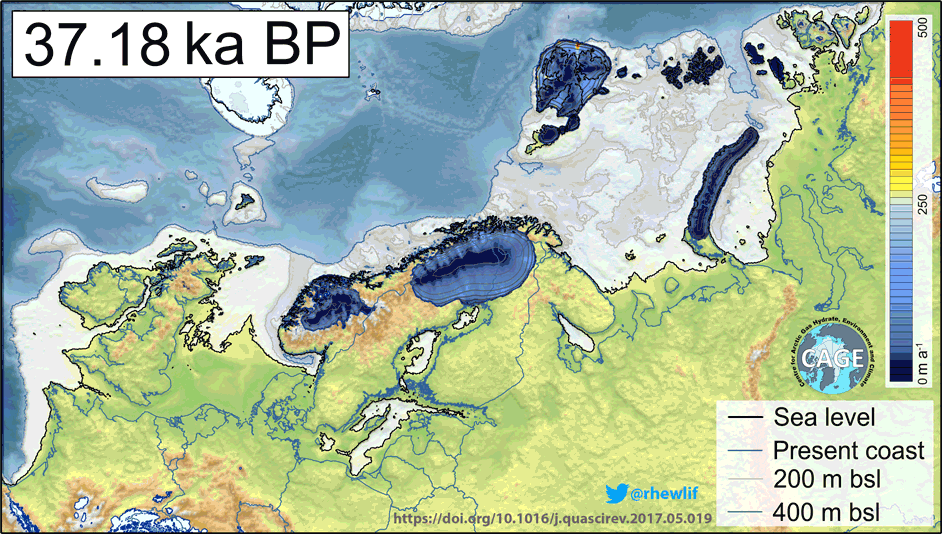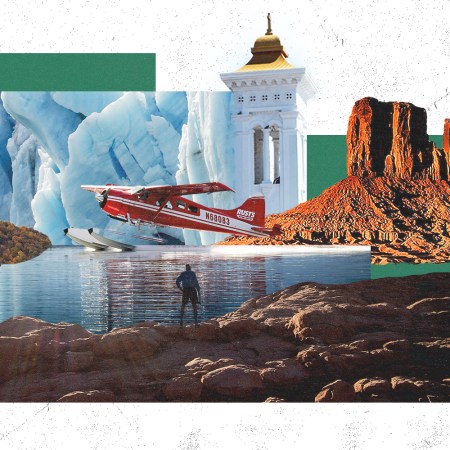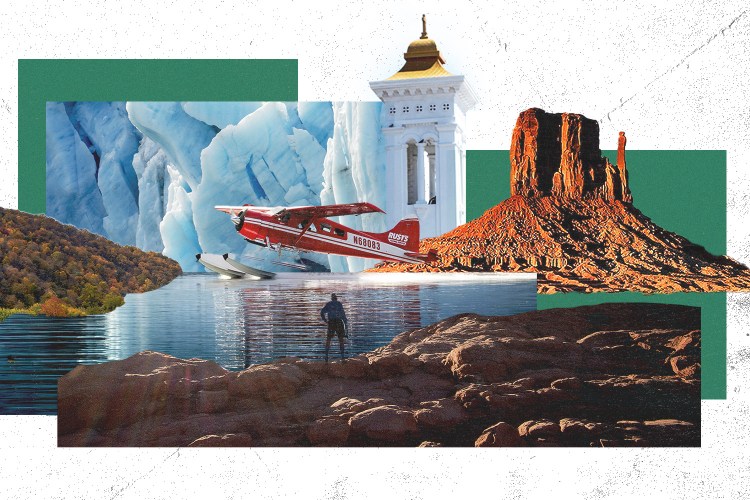The dramatic end of the last ice age is now available for your viewing pleasure.
Scientists have reconstructed the collapse of the Eurasian ice sheet, which sparked a colossal disaster 10,000 years ago that created the European continent as it exists today. It’s detailed in a new model from the Center for Arctic Gas Hydrate, Climate, and Environment (CAGE).
About 23,000 years ago, the Eurasian ice sheet formed the English Channel covered most of northern Europe, stretching from the British Isles to western Siberia. Rising temperatures turned much of that ice into a slushy lake and slowly eroded its icy walls.
According to CAGE researchers, the collapse of the ice sheet turned regions of Europe that were once land into seabeds and contributed to sea levels rising over 20 meters. The gushing floodwater created a massive network of rivers known as Fleuve Manche, which is responsible for branching into such famed waterways today as the Vistula, Elbe, Rhine and Thames.
Researchers from CAGE say the value of their model is important to a range of interdisciplinary sciences, from climatology to archeology. For instance, the ice shelf collapsed around the same time that prehistoric started populating Europe and likely altered their migration pattern.
This article appeared in an InsideHook newsletter. Sign up for free to get more on travel, wellness, style, drinking, and culture.

























